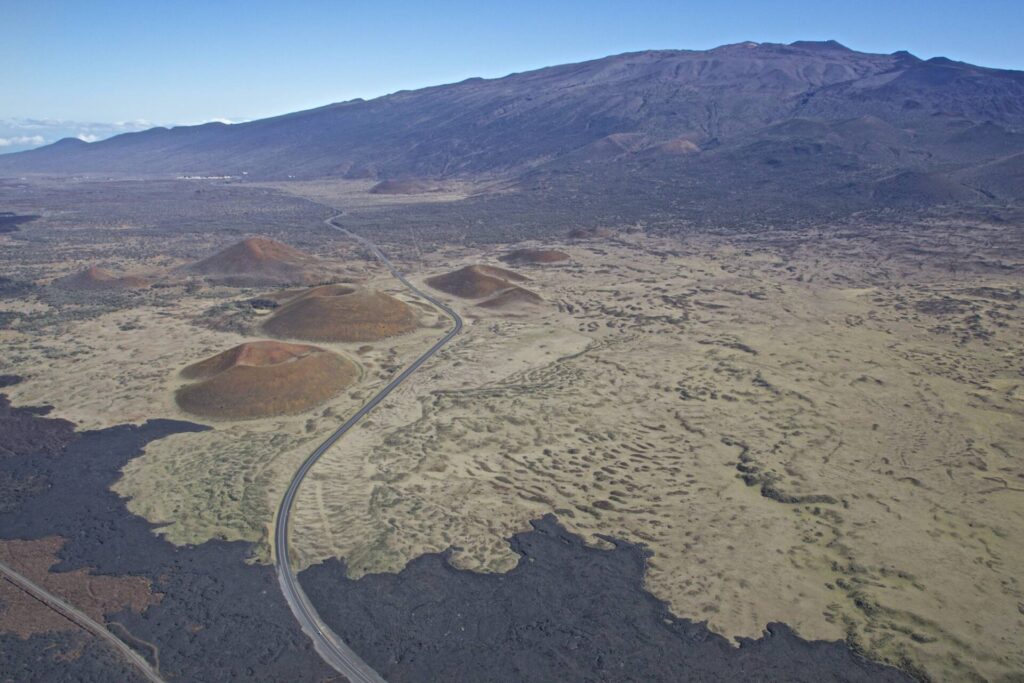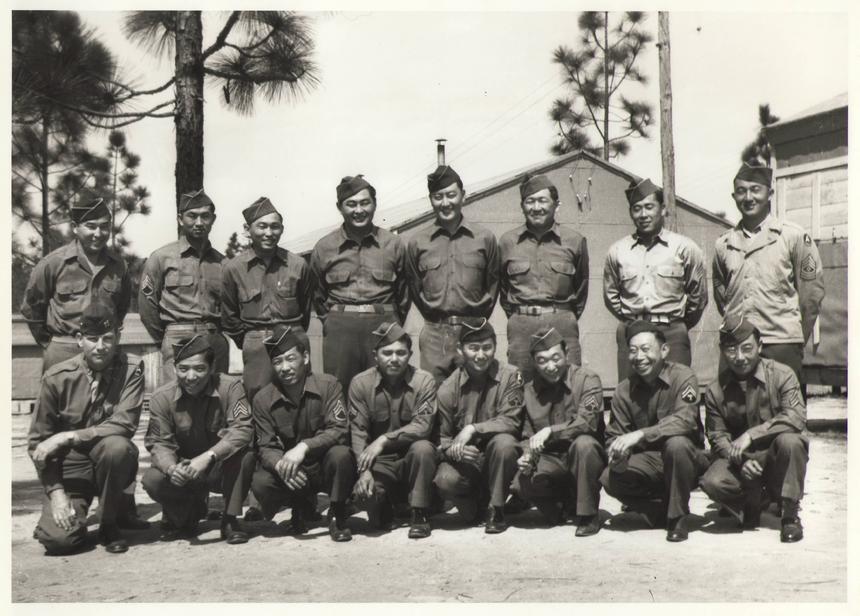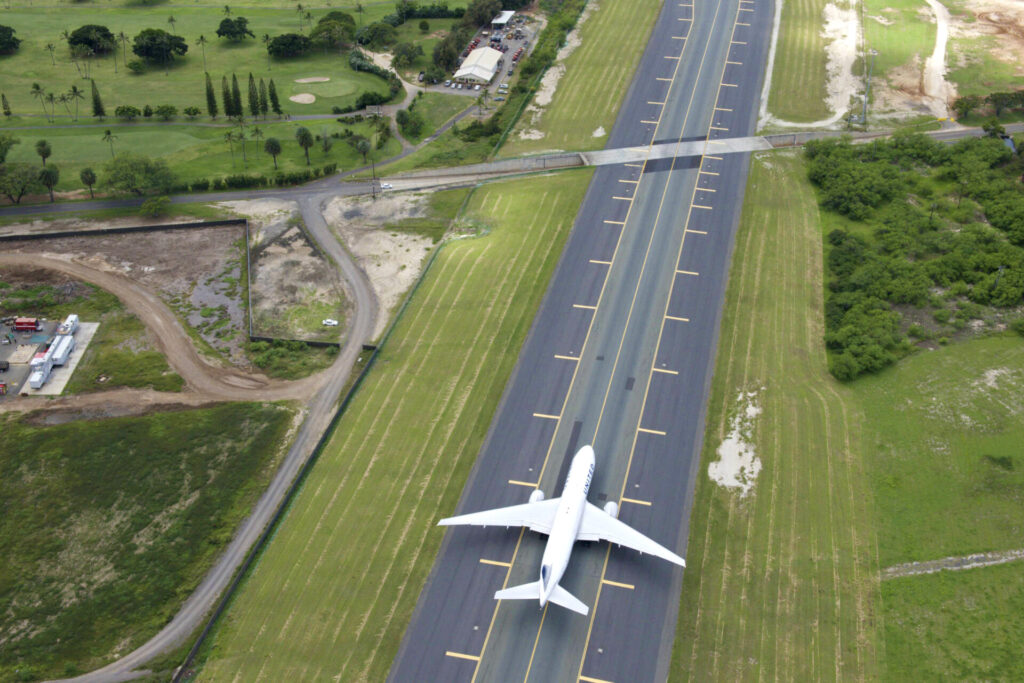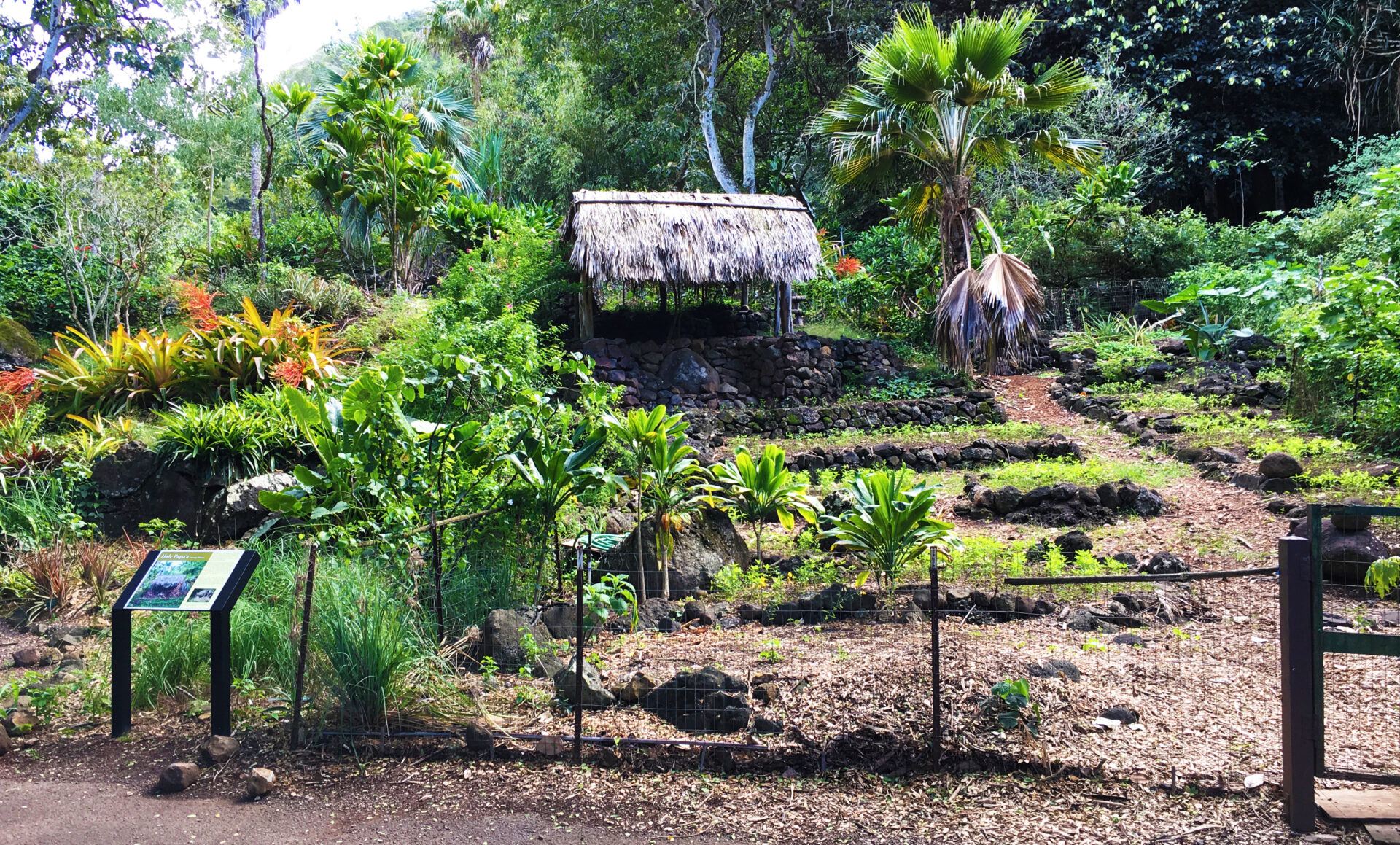The month of May is Asian American, Native Hawaiian and Pacific Islander Heritage Month. It’s a time to recognize and celebrate the contributions that this diverse group of people have had on the United States. Being a chain of islands in the Pacific Ocean with strong connections to communities across the Pacific and Asia, Hawai‘i is front and center when it comes to influential individuals to celebrate. I’ll write about a few of these historic figures over the month, and for this initial blog in the series I want to talk about the hero that played a big role in making this heritage month a reality. While many people have heard the name Daniel K. Inouye, not enough people know the incredible stories behind the man. The following is only part of Inouye’s story, but it’s a compelling reminder of the sacrifices he and many others have made, that often go untold.
More than a Name…

Daniel K Inouye Hwy is the official name for Saddle Road
There is a road on the Big Island called Saddle Road that connects the Kona side with the Hilo side. It’s called the Daniel K Inouye Highway. There are lots of things in this state named after him, including Honolulu’s airport. So who was this guy? Well, Inouye was a senator from Hawai‘i. But that description doesn’t do justice to the man. Dan Inouye was a Neisi Japanese American, meaning second generation from an immigrant father and mother. He was doing premed studies when when the Japanese attacked Pearl Harbor in 1941. Inouye volunteered to be part of the segregated all-Nisei 442nd Regimental Combat Team and quickly rose through the ranks. At one point while he was leading an attack, he was shot in the chest just above his heart, but the bullet was stopped by the two silver dollars he happened to have stacked in his shirt pocket. They became his good luck charms from then on.

442nd Regimental Combat Team at Camp Shelby (Inouye not pictured) Thanks to the National Archives.
Toward the very end of the war while fighting in Italy, he was shot in the stomach from a machine gun, but he refused treatment and continued to lead his men. Ultimately a german soldier fired a 30mm antipersonnel rifle grenade which smashed into Inouye’s right elbow. Miraculously, the grenade was a dud and didn’t explode. But the blunt force trauma of it hitting his elbow did so much damage that it nearly severed his right arm. But what happened next was even more remarkable. Inouye had his own hand grenade in the fist of that right arm and was getting ready to throw it at the German when he was struck. The pin had already been pulled and he was holding the handle of the grenade which is the only thing that keeps the short fuse from detonating the hand grenade. The nerves half way down his arm were either destroyed or damaged by the blunt force injury and, as a result, reflex action in the muscles of the fist tightened the grip around the grenade, preventing it from falling to the ground and exploding. His fellow soldiers tried to move in but Inouye yelled them away, fearing that the grenade that as Inouye would later say was “clenched in a fist that suddenly didn’t belong to me anymore” would relax and kill his fellow soldiers along with him. As the German soldier that had wounded Inouye reloaded to make the kill, Inouye used his left hand to pry the grenade from his useless right arm and tossed it at the German, killing him the process and saving his own life and those of his men.
Inouye’s arm was then surgically amputated and he served in the military until 1947.

Most visitors will recognize Inouye’s name in the place where they arrive—the airport.
In 1959 when Hawai‘i became the 50th state, the war hero Inouye became one of its first members of the house of representatives. The ambitious Inouye then ran for senate in 1962, won, and would go on to became one of the most powerful and longest serving senators in the nation, spending half a century in the senate until his death in 2012.
It’s easy to drive by signs where somebody’s name is pronounced as the name of the highway. Sometimes it’s a name you might know. Sometimes not. But it’s cool to know the story sometimes of the people that we name public roads, bridges and tunnels after. Sometimes, they lived extraordinary lives.
Land Tours

Waimea Valley: General Admission
Waimea Valley, previously known as Waimea Falls Adventure Park, is now a botanical garden managed by the Office of Hawaiian Affairs. This 1,875-acre garden features a tranquil setting along the Waimea River and a 40-foot-high waterfall.

0 Comments